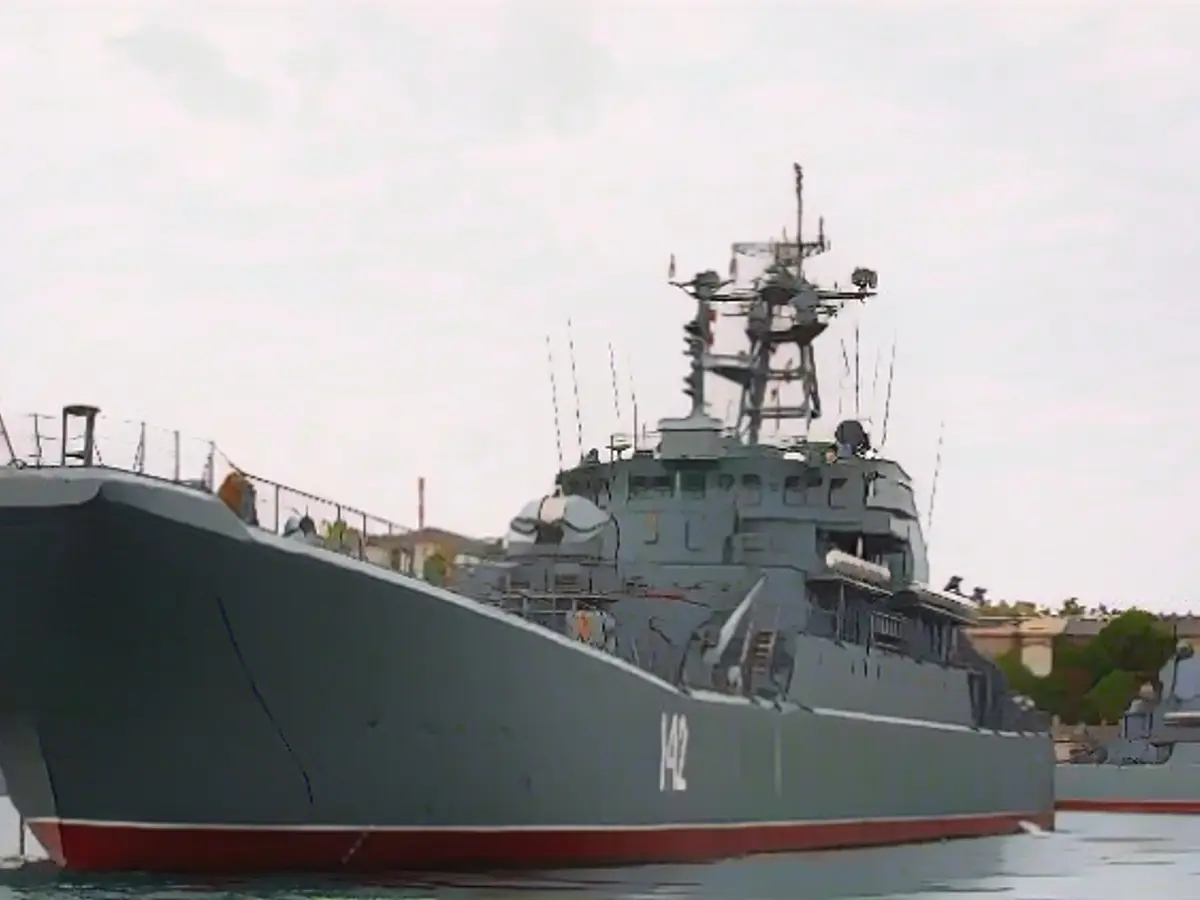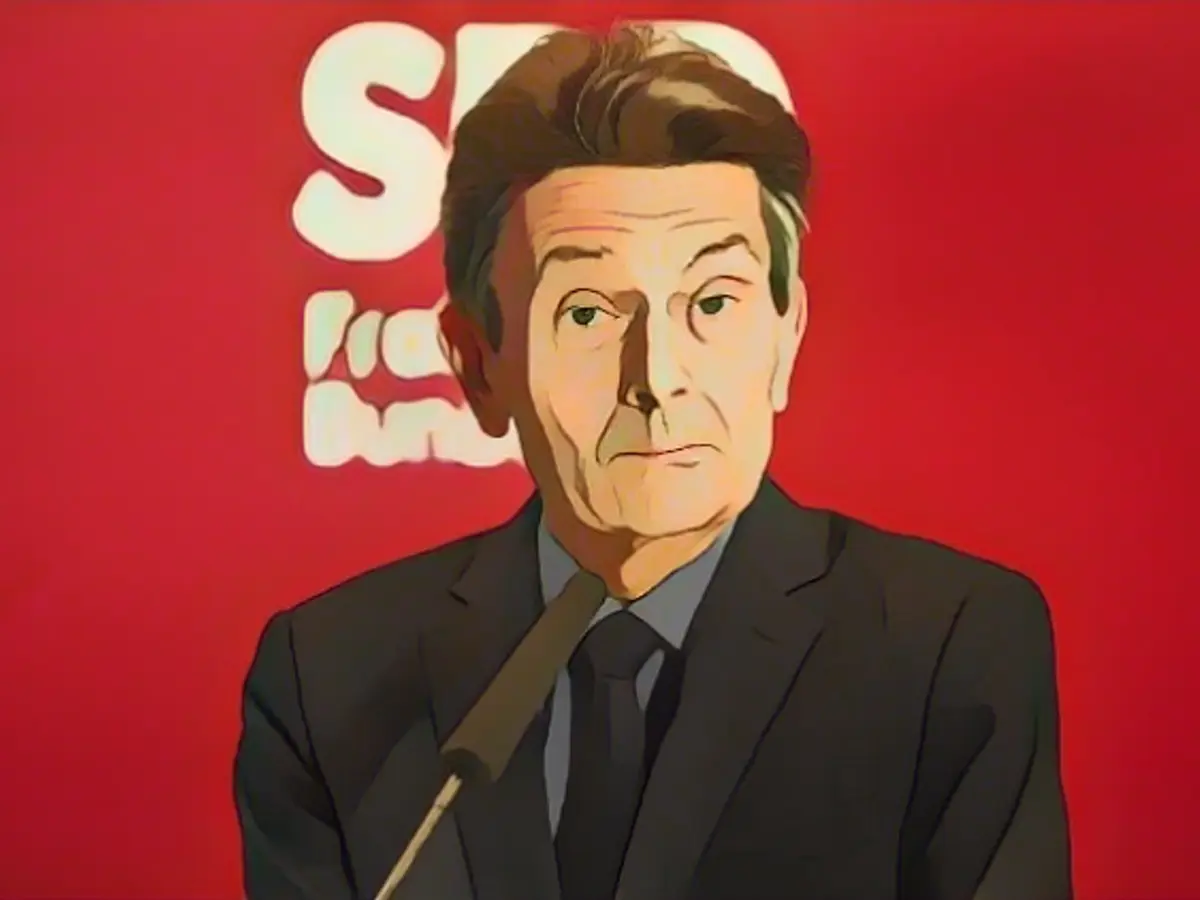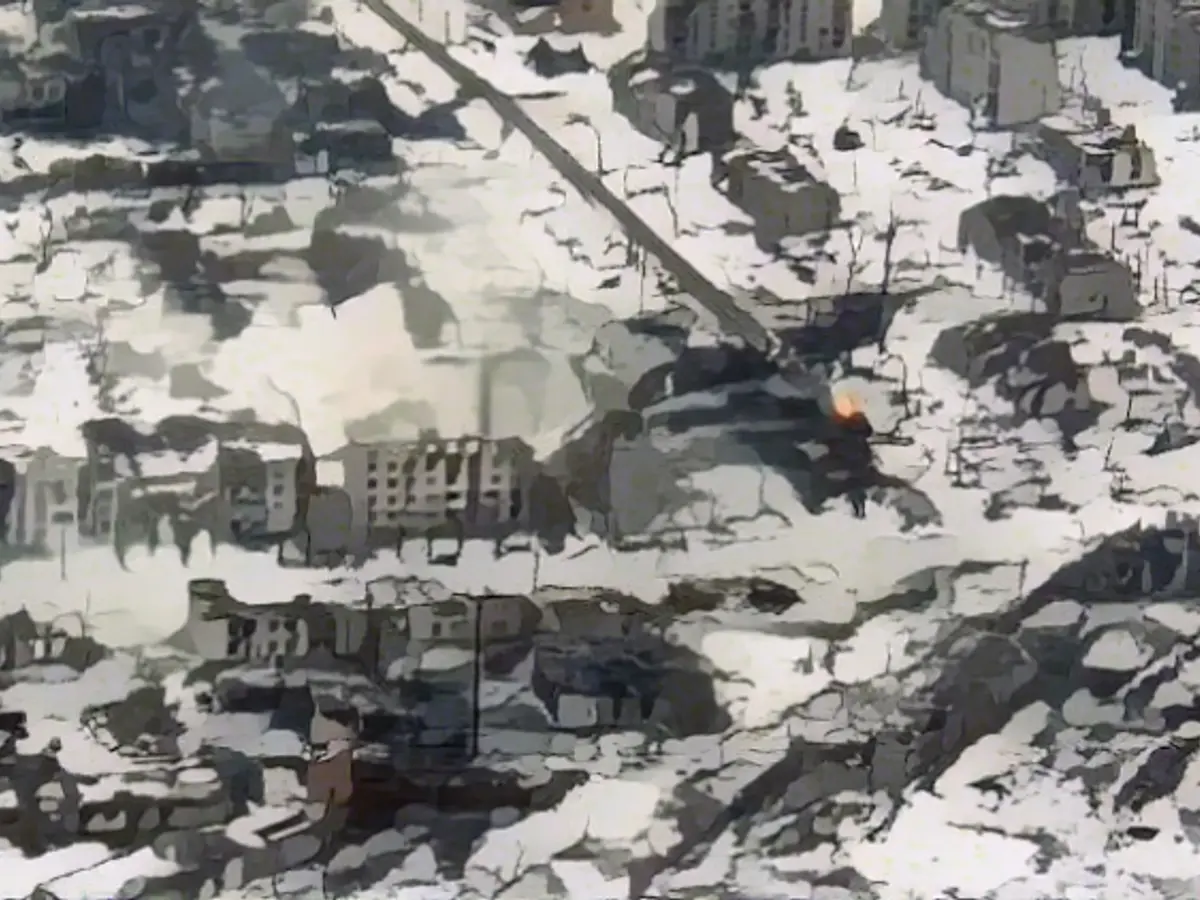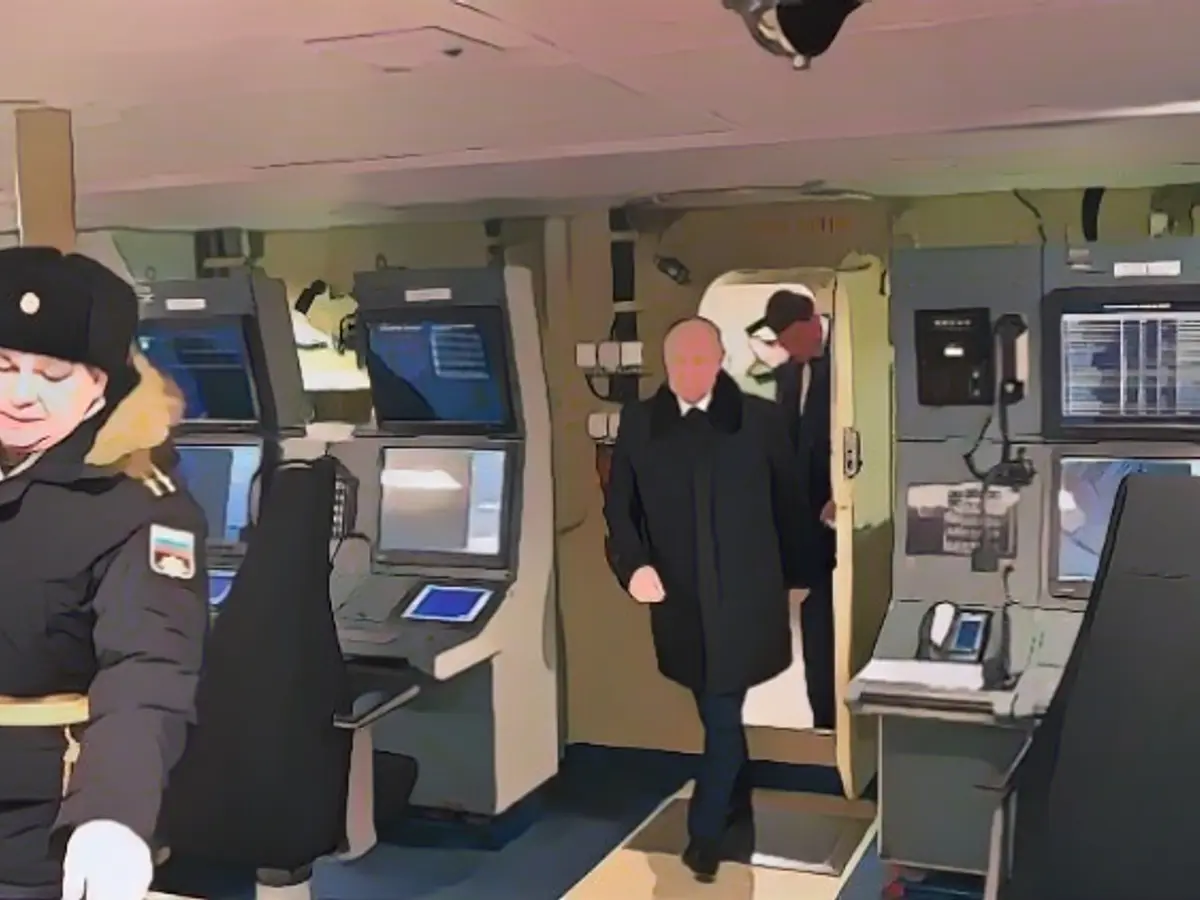Ukraine's Perilous Winter
The Weather and Warfare
This winter, Ukraine's troops on the frontline are left exposed to the cold, without adequate protection. They yearn for a triumphant victory that would grant them a secure foothold for the upcoming winter months. However, incessant Russian artillery and drone fire have halted their advance, leaving them vulnerable to the elements. Meanwhile, their adversaries on the other side have fully prepared their defenses with protective installations for combating harsh winter conditions. As Colonel Markus Reisner of ntv.de puts it, "The Russian soldiers on the opposite side have had months to prepare for the winter."
The Price of Exhaustion
For the Ukrainian forces, this is their second winter on the frontlines. The absence of a major victory and the steadfastness of their enemies have left them feeling depleted. Military expert Nico Lange observes a general weariness among the soldiers, not just on the frontlines, but in the highest ranks of their general staff and government. "The constant physical and psychological strain," Lange explains, "has everyone on the precipice of their physical capabilities, and thus, irritated." In essence, eagerness and confidence are in short supply, making it difficult to maintain an uplifting disposition.
Ammunition Shortages
As the EU claimed in March 2023, they would deliver a million rounds of ammunition to Ukraine within a year. However, nine months later, the results of such a promise remain elusive, as the number of delivered 155 millimeter shells falls short by 50,000 rounds. The scarcity of ammunition, crucial for the operation of NATO-supplied weapons, leaves Ukraine in a predicament. They will not receive the quantity of ammunition required to sustain their offensive, largely due to the arms industry's constraints in ramping up production to meet expectations.
Arms Shortages
Western countries' armed forces stores are haphazard and scarce. Scandinavians and Baltic states have been abundantly prepared for conventional conflicts within Europe, while others like Germany suffer deficiencies in their military inventory. Greater efforts are needed to replenish and re-equip Ukraine's troops for a spring offensive.
The Lack of Transformation
Germany is a prime example of the hesitancy in Western support, choosing to boost defenses for infrastructure and populations rather than investing in advanced equipment. This approach may protect civilians, but "you can't win the war with it," according to military expert Nico Lange. While Ukraine is growing increasingly frustrated at the enduring Russian defenses, the West is not delivering the equipment they require to breach them, resulting in unnecessarily heavy losses.
A Stalemate In the Making
Since Ukraine failed to achieve their primary goal in the offensive, a gradual stalemate has emerged on the battlefield. Substantially lower than the required quantity of weapons were made available by the West, leading to a lackluster performance during Ukraine's summer offensive. The inability to achieve breakthroughs in the war has brought hope of a negotiated resolution into focus, although Russia has never shown an inclination towards peaceful negotiations.
Closing the Gap in Technology
Earlier assessments of the Russian military as outdated and technologically inferior have been challenged by their advances in technology, particularly in drone and electronic warfare capacities. "The gap that initially existed between them and the Ukrainians, who were technically superior, is closing," explains security expert Gustav Gressel of the European Council on Foreign Relations. Russian GPS-jamming methods have prevented many Western-supplied cruise missiles from reaching their targets. Effective electronic warfare and drone integration are now key to determining the battlefield's outcome, but Western forces have yet to fully embrace this thinking.
The West's Misplaced Optimism
While Western support for Ukraine has been lacking, military expert Nico Lange finds some encouragement in Ukrainian resolve and determination. He observes a strong desire to stand up against Russian aggression, incorporating a sense of "general exhaustion" from a relentless conflict. However, certain Western interests appear to be flagging earlier than the fighting Ukrainians, with the potential for a negotiated solution becoming increasingly viable. Recognizing Putin's relentless pursuit of dominance in Ukraine, the Kremlin's intention to continue attacking, and the prospect of further Russian advances, a negotiated resolution seems highly unlikely.
Years of US Non-commitment
Compounding Ukraine's plight is the spread of influence between politicians in the U.S. Congress, spanning Democrats and Republicans. As a result, efforts to approve a new aid package remain stalled, causing funds reserved for Ukraine to shrink rapidly. If the U.S. does not provide comprehensive aid for a spring offensive, Ukraine may miss the window to achieve significant gains, leading to a precarious stalemate situation.
References:
[1] Aronowitz, S., & Niven, H. (2023, March). "Reaping the Benefits of Demographic Diversity: The Dynamism of Ukraine." New security beat.
[2] International Institute for Strategic Studies (IISS). (2023). The Military Balance 2023. Routledge.
[3] Komendantova, V., & Petrenko, A. (2023, January). "Ukraine's Tech Paradigm: Fostering Digital Sovereignty and Security." Euractiv.
[4] Radford, B., & Quesada, N. (2023, March). "Ukraine's Artillery Crisis: The Risks and Solutions of Ammunition Scarcity." Responsible Statecraft.
[5] Voloshin, A. (2022, November). "The Battle for the Hearts and Minds: How Western Information Warfare Affects Russia." War on the Rocks.








